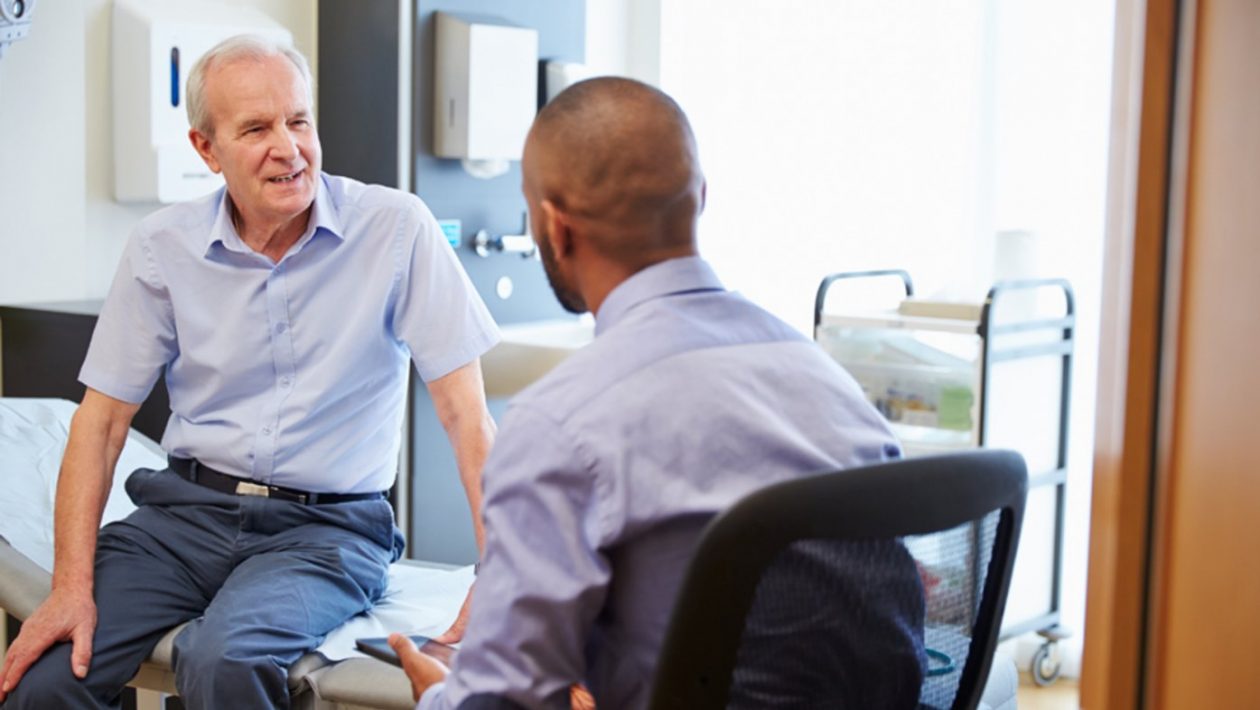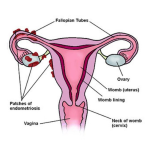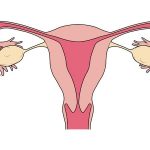Hemorrhoids are swollen blood vessels in the anus and rectum caused by straining during bowel movements due to chronic constipation or other factors. The condition may also be caused by pregnancy, which enlarges the uterus and increases pressure.
Painless hemorrhoids usually go away on their own, but patients who do not find relief should see a gastroenterologist or colorectal surgeon. Treatments range from dietary and lifestyle changes to office-based treatments.
Table of Contents
Stage 1: Mild
Hemorrhoids are a regular part of your anatomy that sit in the anal canal and perianal area. While they are vascular and can be sensitive to pressure, they become enlarged or symptomatic only in a minority of people.
The most common symptom of hemorrhoids is painless rectal bleeding during bowel movements, often described as “blood drops” in the toilet bowl. Hemorrhoids can also cause itching around the anus and a feeling of pressure.
In addition, hemorrhoids can cause blood clots and can lead to anemia due to significant, chronic loss of red blood cells. Rarely, internal hemorrhoids protrude outside the anus but can be retracted spontaneously or by manually forcing them back in.
Most symptomatic hemorrhoids can be relieved with conservative medical treatment, including creams, sitz baths, and lifestyle changes. Several nonsurgical in-office procedures can reduce symptom severity if these treatments do not provide relief. These include rubber band ligation (RBL) and sclerotherapy.
Stage 2: Moderate
Hemorrhoids are caused by pressure on the anal canal from straining during bowel movements or sitting for too long. They can develop inside the anal canal as internal hemorrhoids or outside the anal canal as external hemorrhoids. They can also form mixed (internal-external) hemorrhoids.
Hemorrhoids are traditionally graded from I to IV based on their degree of prolapse. A history and physical examination helps determine the type of hemorrhoid and the appropriate treatment.
The symptoms of grade 1 hemorrhoids can be relieved with home remedies such as sitz baths, dietary modifications, and over-the-counter pain medication. If the symptoms persist, doctors may prescribe more potent medications, such as erythromycin or heparin, to help control bleeding and swelling.
If home treatments fail, outpatient procedures such as rubber band ligation and injection sclerotherapy can be used to shrink the hemorrhoids. It is beneficial for patients who are not able or willing to use home remedies. This hemorrhoid treatment is less painful than traditional hemorrhoidectomy and offers longer-lasting results.
Stage 3: Severe
Hemorrhoids that have blood clots are very painful. Over-the-counter creams, ointments, and suppositories with ingredients like witch hazel or hydrocortisone ease pain and itching. “If your symptoms persist for more than a week, it is advisable to seek medical attention from your healthcare provider.”
Hemorrhoid removal is a minor office procedure that stops bleeding and shrinks the hemorrhoids. It includes rubber band ligation and laser hemorrhoid removal.
Grade 2 internal hemorrhoids that don’t prolapse or thrombosis often go away with diet and home treatment. A fiber-rich diet helps prevent constipation, which is a common cause of internal hemorrhoids. Keeping well-hydrated and not straining during bowel movements also prevents them from getting inflamed or worsening.
If at-home treatments don’t help, your doctor may prescribe medications to control itching and pain. These include acetaminophen (Tylenol) or ibuprofen (Advil, Motrin IB). They may also suggest hemorrhoid creams and ointments containing witch hazel or hydrocortisone ingredients. Then, your provider can perform various office-based procedures to shrink the hemorrhoids by cutting off their blood supply.
Stage 4: Advanced
Hemorrhoids are a natural part of the anatomy of the anal canal. However, they can become a nuisance when they protrude or cause itching and pain during bowel movements. Hemorrhoids are most common in adults over 50. Still, anyone can get them if they are subject to factors such as pregnancy, chronic constipation, diarrhea or straining, poor diet, and heavy lifting.
Hemorrhoid treatments include home remedies and medications. Doctors may also recommend hemorrhoid creams containing hydrocortisone, which can help relieve swelling and itching. Hemorrhoid surgery is usually recommended if other hemorrhoid treatment options don’t provide relief.
Hemorrhoid surgery includes simple outpatient procedures without anesthesia and more complex inpatient surgeries requiring anesthesia. Some nonsurgical, in-office treatments include rubber band ligation, which shrinks internal hemorrhoids by cutting off blood flow and allowing the veins to scar. Sclerotherapy involves injecting the hemorrhoids with a sclerosing agent that causes them to scar and reroute blood through healthier veins.







